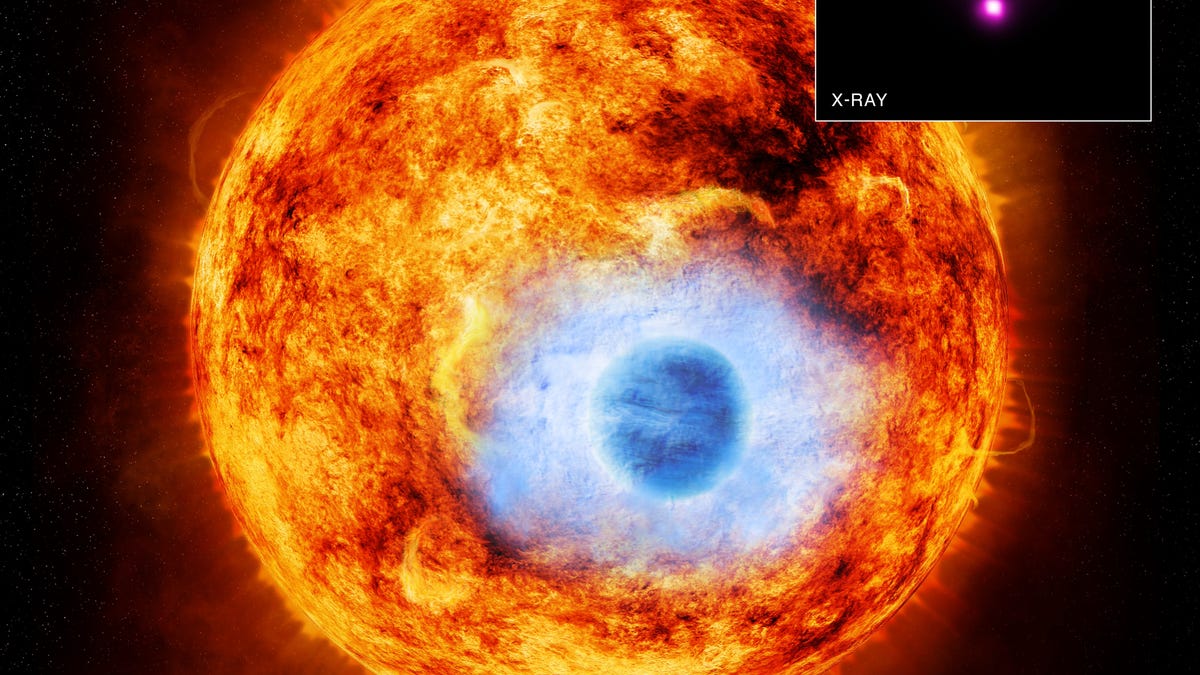NASA X-ray spots amazing exoplanet eclipse
NASA's Chandra X-ray Observatory captures the first-ever X-ray of an exoplanet passing in front of its parent star in a system that is 63 light-years from Earth.

Since being definitively discovered in 1992, the study of exoplanets -- planets outside our solar system -- has grown into a massive field of astronomy that reached a new milestone Monday. For the first time ever, an exoplanet was observed passing in front of its parent star in X-rays, which can provide a breadth of new information about a planet's properties and the environment it inhabits.
Prior to observation of star system HD 189733 located 63 light-years from Earth, exoplanets had only been observed passing in front of their parent stars, or transiting as its known, in optical light, a far less telling form of the electromagnetic spectrum.
Previous observations with Kepler and the Hubble Space Telescope had informed scientists of the planet's blue color and location in its star system, which denoted it as a hot Jupiter, a type of immense gaseous exoplanet that tends to have surface temperatures far higher than our own Jupiter because of its location to its parent star. The planet in question, known as HD 189733b, sits approximately 30 times closer to its star than Earth does to the sun, and it orbits its parent star roughly every 2.2 days.
With the new information gleaned from the X-ray observation made by NASA's Chandra X-ray Observatory and the European Space Agency's XMM Newton Observatory, scientists have already began calculating the atmospheric intricacies of HD 189733b. "The X-ray data suggest there are extended layers of the planet's atmosphere that are transparent to optical light but opaque to X-rays," said Jurgen Schmitt of Germany in a NASA press release.
Further revelations from the X-ray observation revealed a second star in the star system that was far older than the main star by a magnitude of 3 to 3.5 billion years. Because the two stars likely formed at the same time, Katja Poppenhaeger, who led a new study to be published in August, suggests that this much younger and more vibrant star has a rather unique relationship with the observed hot Jupiter that's keeping it youthful.
"This star is not acting its age," Poppenhaeger said. "It's possible this hot Jupiter is keeping the star's rotation and magnetic activity high because of tidal forces, making it behave in some ways like a much younger star."

